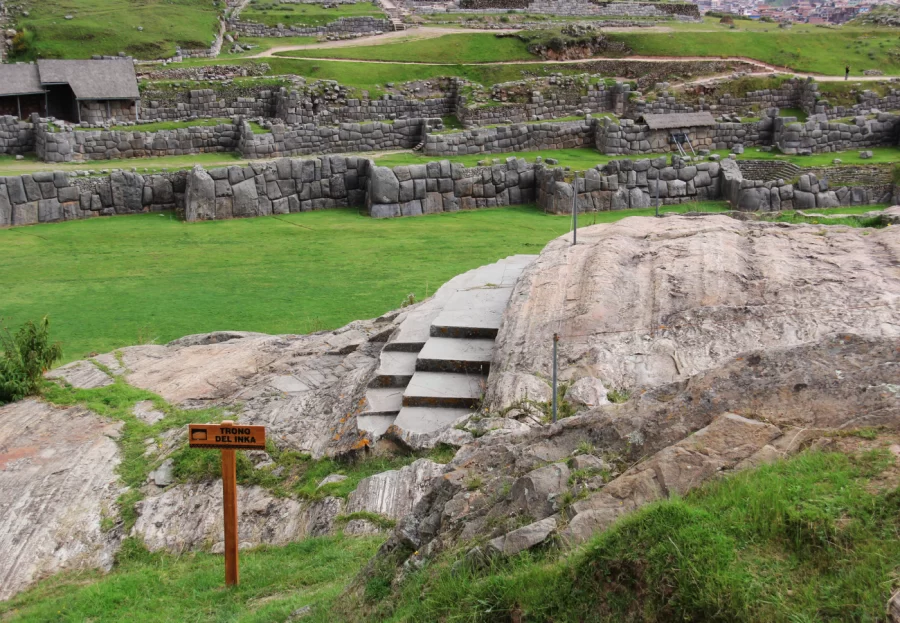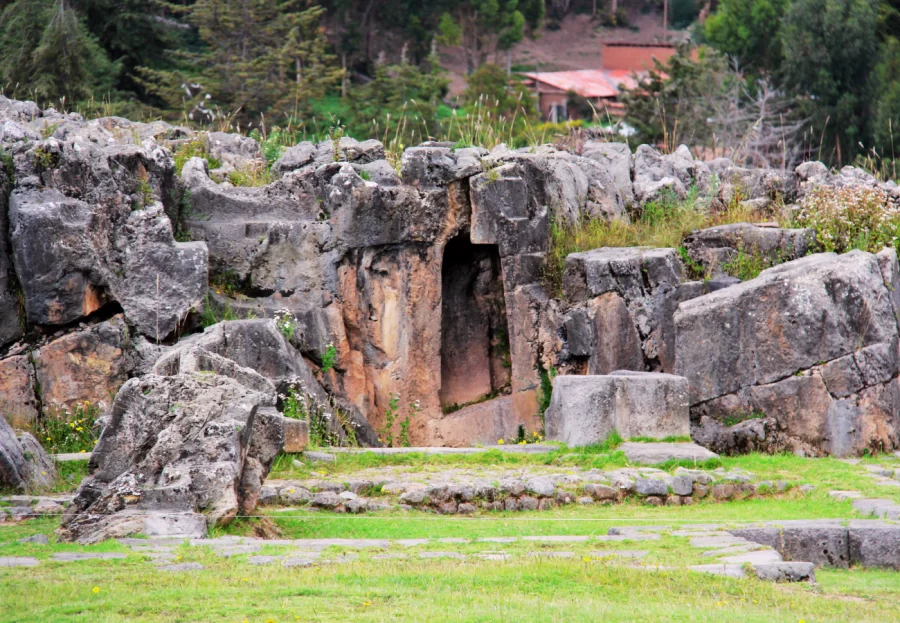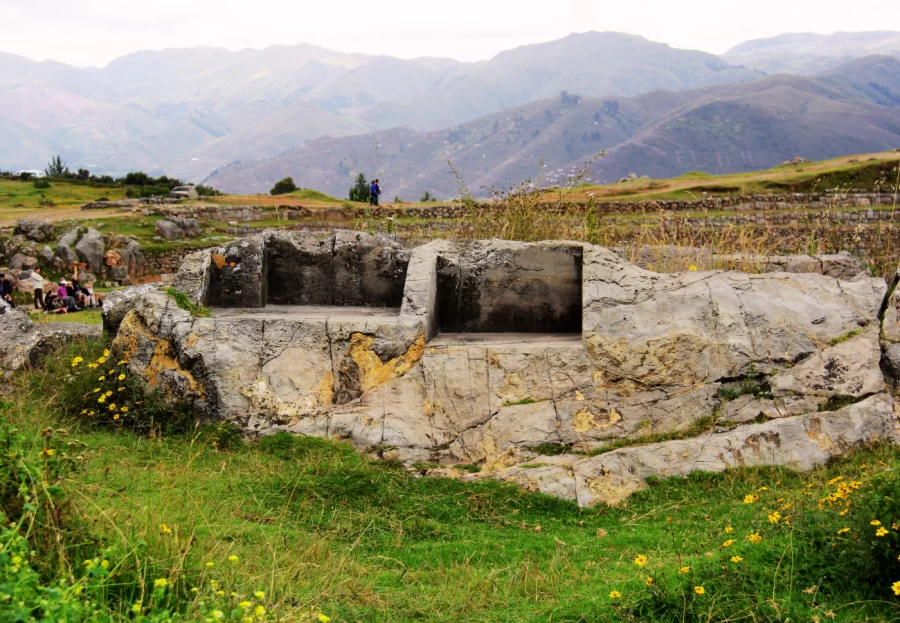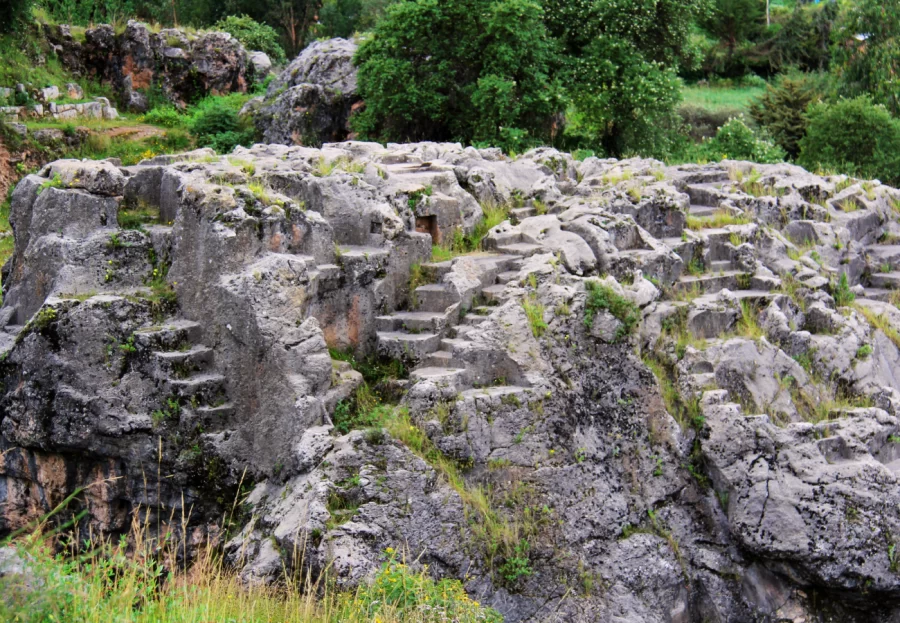Surely you have heard of the stone city located in Cusco, an imposing stone building where not even the tip of a pin can enter. These gigantic stones that look like guardians were placed one after another that hides great ancestral secrets among its gigantic stones, it is the fortress of Sacsayhuaman.
Currently, it is one of the mandatory archaeological sites that you must visit, this magical place will transmit you all its energy, majesty. Below I will tell you everything you should know about this great Inca construction:
Table of Contents
It is believed that Sacsayhuaman was built in the year 1400 to 1470 (during the fifteenth century) by the Inca governor Pachacutec and was completed by Huayna Capac. At least twenty thousand men were needed for its construction.
Likewise, the architectural representation of the place was religious (ceremonial temple), since some historians consider this place as the "House of the sun of the Hanan Qosqo", but after the arrival of the Spaniards this took the function of the fortress to defend against the Spanish invasion.
It is also said that the place had stones that measured at least 9 m high and weighed 100 tons, so architecturally the place is called the cyclopean city because it is built of large blocks of stone, practically this place was a whole city on top.
Sacred buildings, towers, shrines, warehouses, warehouses, roads and aqueducts were found in the place that we can still see today, this makes us think of its great importance, just like Machu Picchu, which is another construction of great religious value.
If you notice the construction of this great fortress built in a zigzag shape with gigantic stones measuring at least 5 meters high and almost 3 meters wide, each area of this archaeological site is properly placed, because in some you will find small stones, but in others large, even the remains of these can be seen behind the esplanade.
There the stones are piled up, but it gives us a better impression of how they were carved and the shapes they were given.
The chronicler Inca Garcilaso de la Vega tells us that:
"Sacsayhuaman was the greatest architectural work that the Incas would build during their time".
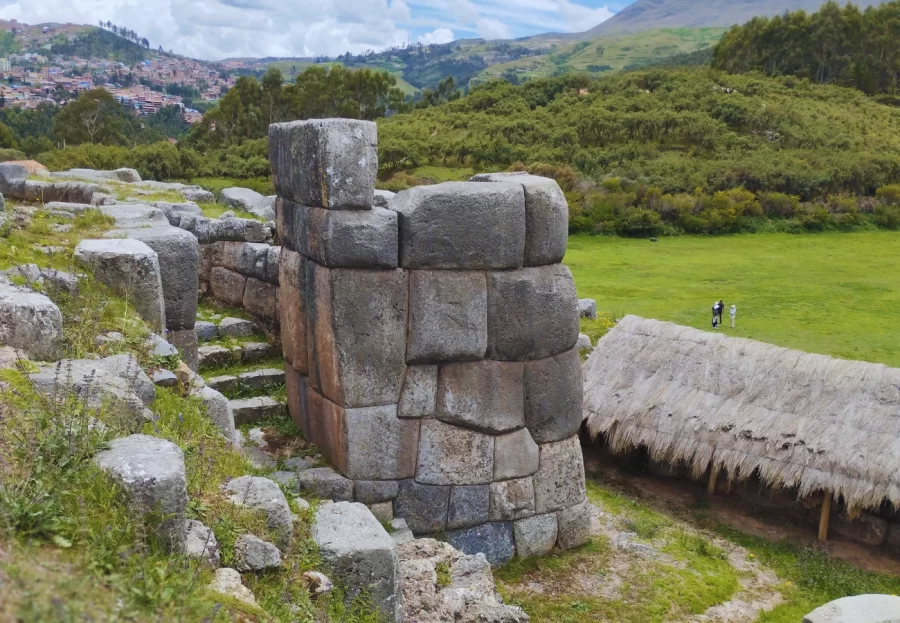
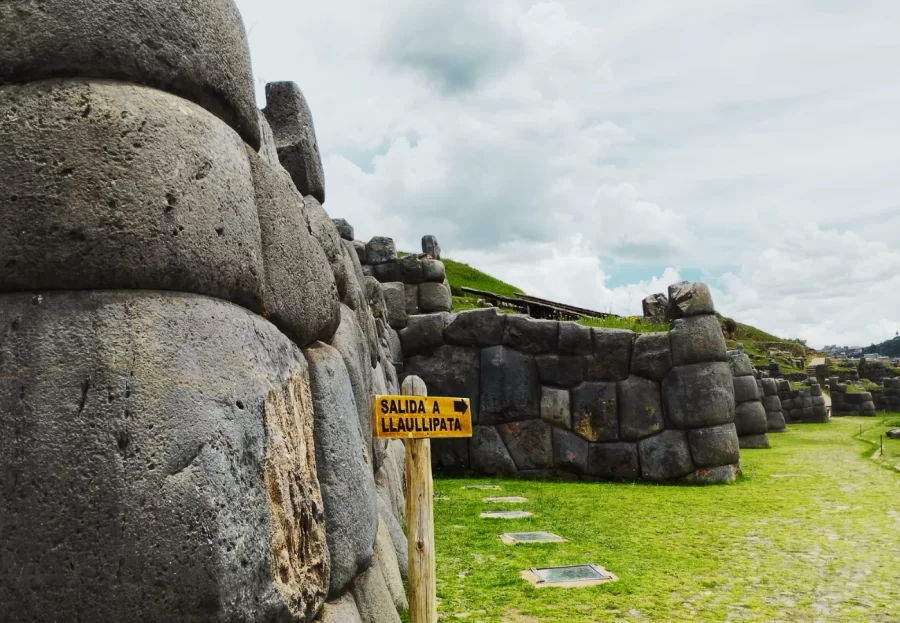
The Inca city Sacsayhuaman is 2 km from Cusco, at an altitude of 3,700 m, and has an area of 3,093 hectares full of flora and fauna including llamas, alpacas, hawks, eagles if we are lucky. Next to the site are the apus Pachatusan, Cinca, and Ausangate.
You have three ways to get to this magnificent place, here I explain:
This wonderful place gives you a panoramic view of the entire city of Cusco, the archaeological site and its surrounding mountains.
In the fortress we can see three types of towers that are located in the upper part of the wall that is in zigzag, which are very characteristic in this type of construction.
Nowadays, we can no longer see the original construction of the towers, since the Spaniards destroyed most of these constructions.
Inca Garcilaso reminds us of the importance of these spaces:
"In that tower the kings sat when they went up to the fortress for recreation, where all the walls were decorated with gold and silver, with animals, birds and plants made to life and embedded in them, which served as tapestry. Likewise, there was a lot of crockery and all the services that the royal houses had."
The rooms in the archaeological complex are close to the towers, each one of them is connected with a door that has a trapezoidal shape and curiously all of them look in the direction of the Main Square of Cusco.
This area was formed by platforms that preserve the zigzag structure in its stone walls that were perfectly placed without any material to join them between these gigantic stones, many historians do not find any explanation as to how only men could have been able to build with huge stones.
We even have a wall of enormous size that weighs about 128 tons, as well as the trapezoidal gates surprising with its shape, and these also served as an entrance to the towers.
Also called Suchuna, which derives from the Quechua language, the gigantic stone is of volcanic origin, since with the passing of time it was molded and took the shape of a slide, a must-see place to go down this stone.
This is one of the most mysterious sites that you will find here, they are known as subway caves, chincanas or tunnels that serve as a connection to different places, in the place there are two chincanas. One is small and the entrance is accessible and the other is large and is located in the complex.
According to Cusco myths, it is said that many people who entered through this final tunnel tried to find the exit, but were unsuccessful and even got lost inside it. These tunnels connected to the Qoricancha, Machu Picchu and even said to connect to other places, however, all are myths.
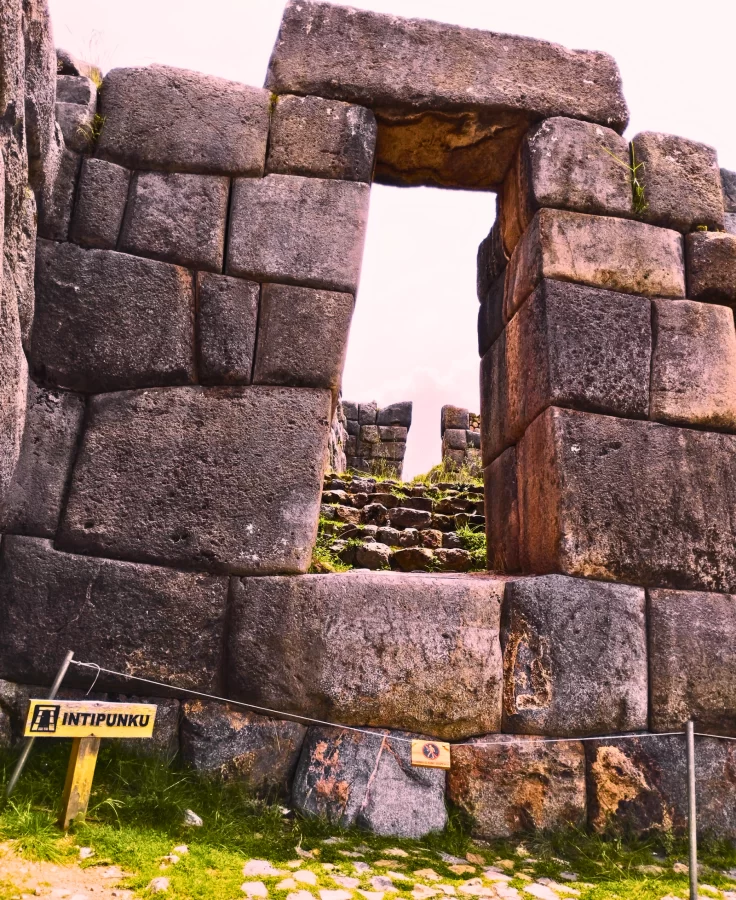
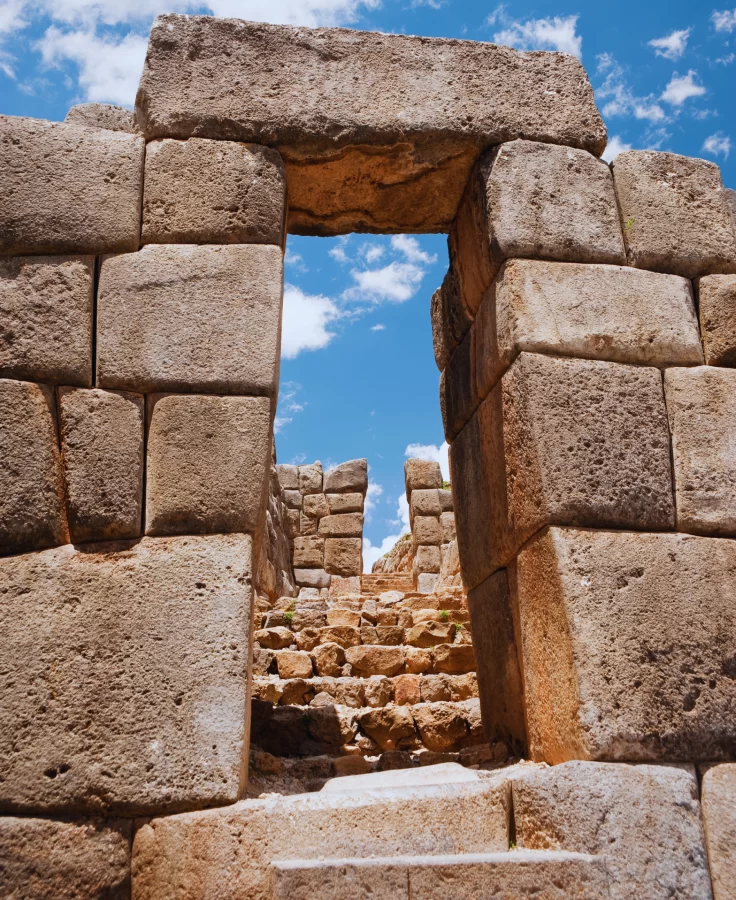
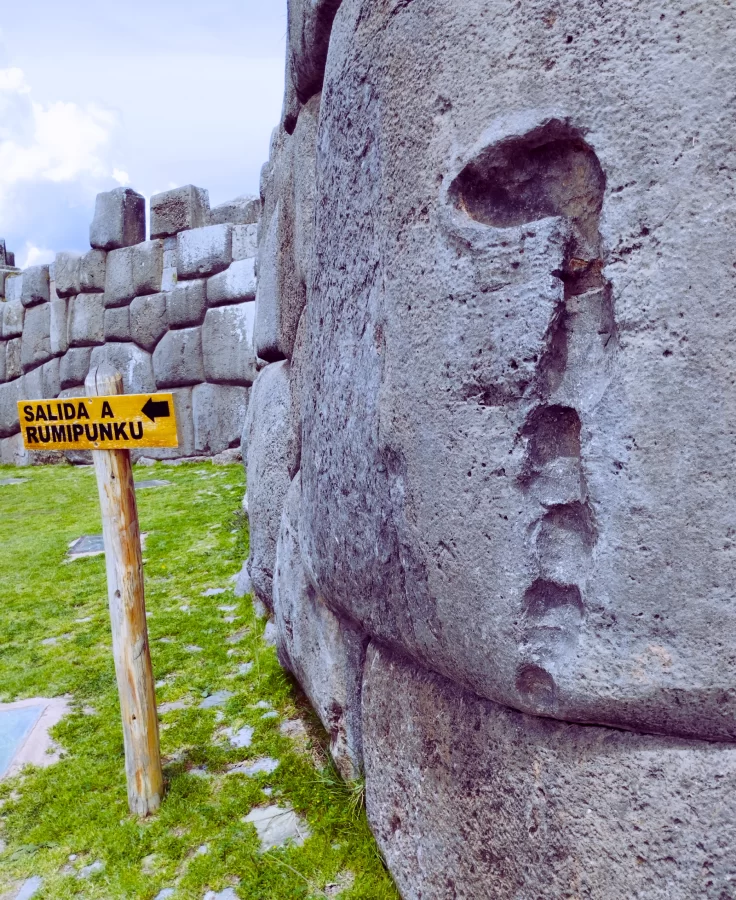
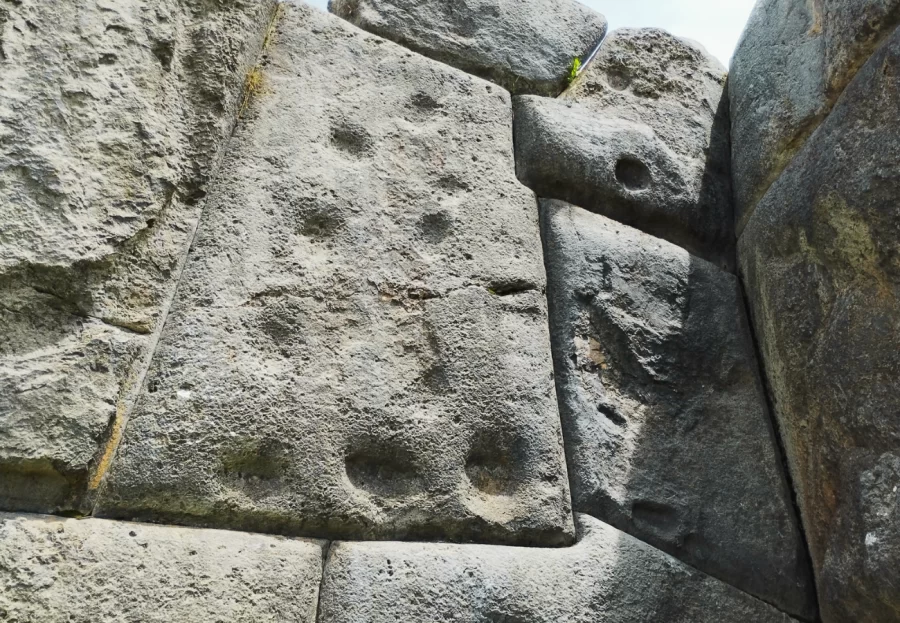
The Festival of the Sun or Inti Raymi, is an ancestral celebration that takes place year after year in the great fortress of Sacsayhuaman in the city of Cusco, this place is a perfect religious center to honor the main divinity of the Inca empire (the Sun).
The chroniclers mention that the villagers extinguished their torches to wait for the sunrise and the day after the sunrise it was a party, since it represented the triumph of the God Inti. This great feast could last at least 15 days and was attended by at least 50,000 people from different parts of the empire.
After the arrival of the Spaniards this ancestral celebration was stopped, since they thought that this was a pagan activity, who was responsible for this was the Viceroy Francisco de Toledo, but the ancient inhabitants did not let practice this celebration, since they did it in a clandestine way.
The Peruvian writer and actor Francisco Espinoza in 1944 decided to make a representation of what was this great celebration in the Inca era based on the writings of the writer Inca Garcilaso de la Vega, since then the population of Cusco celebrates Inti Raymi continuously, remembering what was our ancestral cultural heritage.
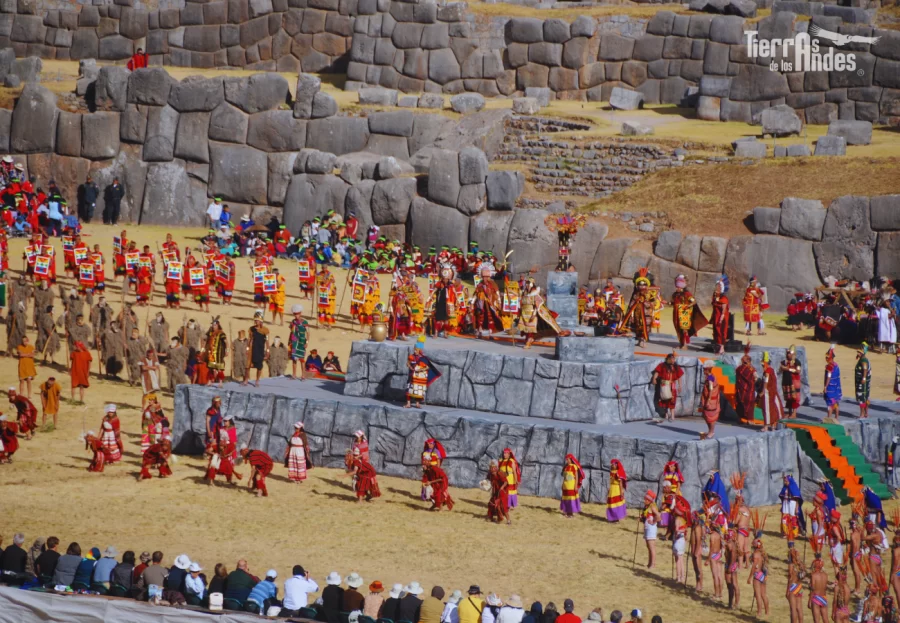
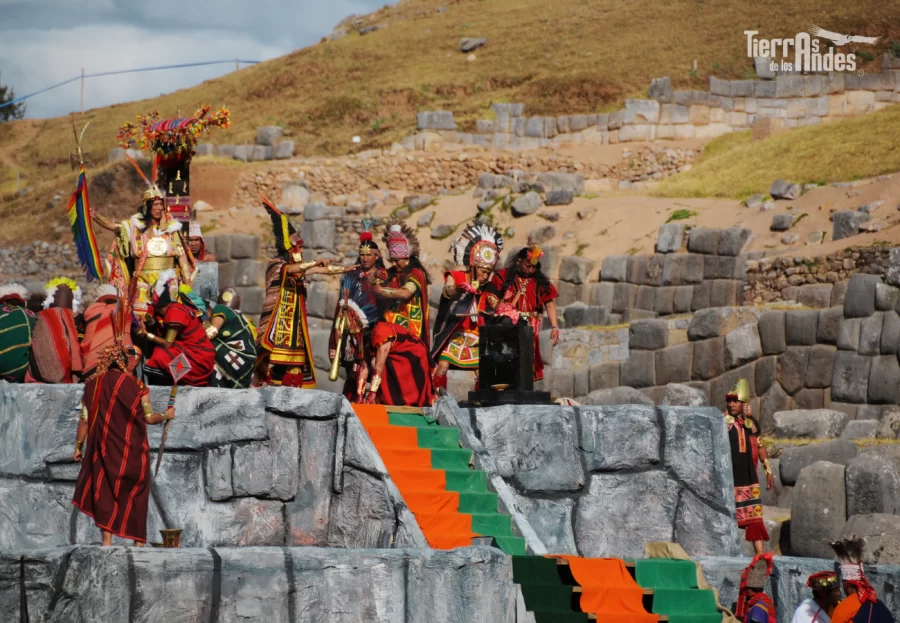
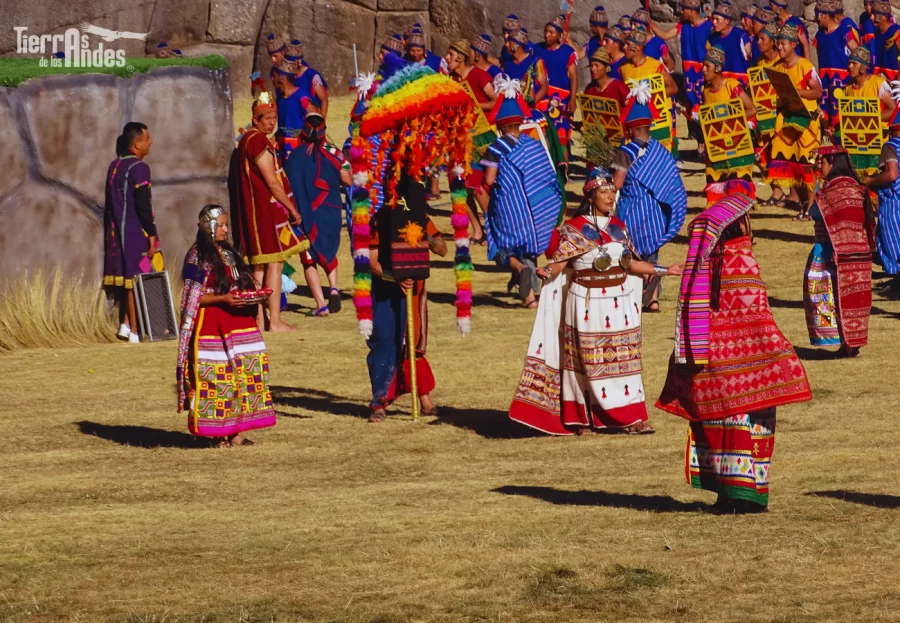
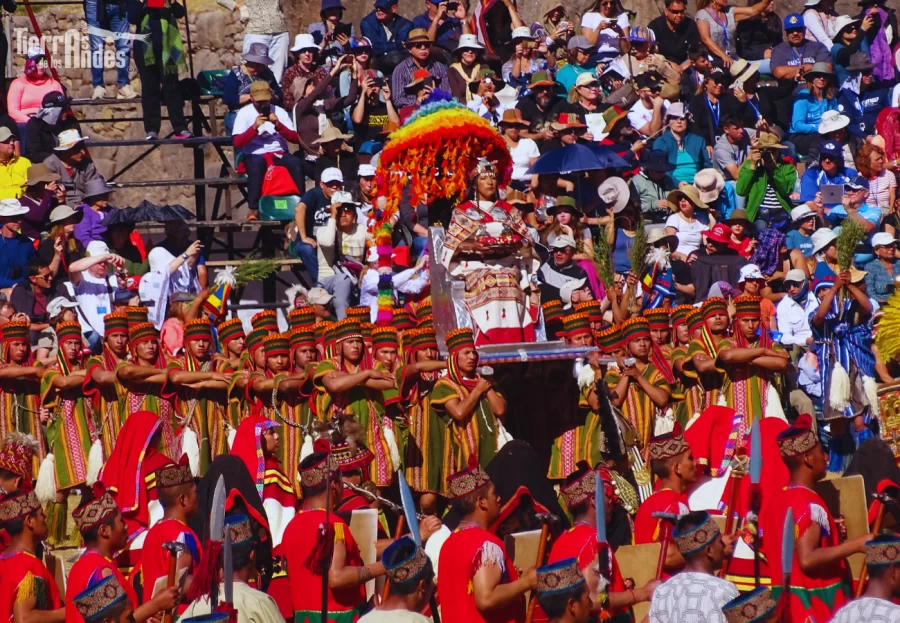
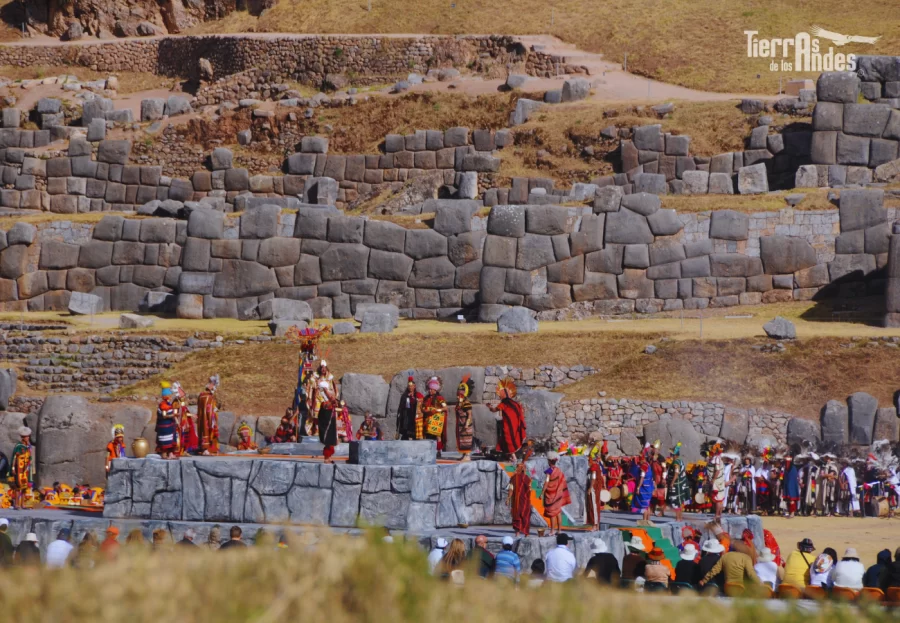
Our travel agency Tierra de los Andes has programmed packages that include a visit to the great fortress of Sacsayhuaman:
The best time to visit the archaeological complex of Sacsayhuaman is between the months of April to December, since at this time there is not much rain and your visit can be pleasant and you can have a clear sky.
However, the date that receives more visits the archaeological complex of Sacsayhuaman is in the month of June, every 24 of this month is one of the largest festivals of the Tahuantinsuyo where they stage the Inca, the coya and his subjects worshipping the God Inti (sun).
This festival is attended by visitors from different places to see how this great party was in Inca times, it is a unique ancestral celebration that takes place in Latin America and is even transmitted in other countries of the world, because of its great cultural relevance. For this celebration they prepare months in advance.
This place was one of the important religious centers of the Incas, after the Qoricancha this was another very important place for the Incas, here were held ceremonies, festivals to their deities, one of them we know today is the feast of Inti Raymi.
The term Sacsayhuaman derives from Quechua, in Spanish it means "satisfied hawk", it is so called because in the place inhabited this type of birds.
You can visit from 8 am to 5 pm from Monday to Sunday. The cost of admission to this fortress will depend on the nationality, for foreigners the entrance ticket is 70 soles and for Peruvians is 40 soles, in both cases if they are students have a discount, but they must present their student card (university).
Children under 9 years old do not pay admission ticket.
In conclusion, the fortress of Sacsayhuaman before the arrival of the Spaniards was a huge complex with buildings surrounded by terraces and walls that completely surrounded the hill. As we have been able to see, in this archaeological site there was not only a religious center, each construction such as the Ceremonial Plaza or the first floor of the Circular Tower is believed to have been ceremonial spaces because the place had an aura of religious prestige.
That is why the great festival of the Tahuantinsuyo, the Inti Raymi, is also held there.
